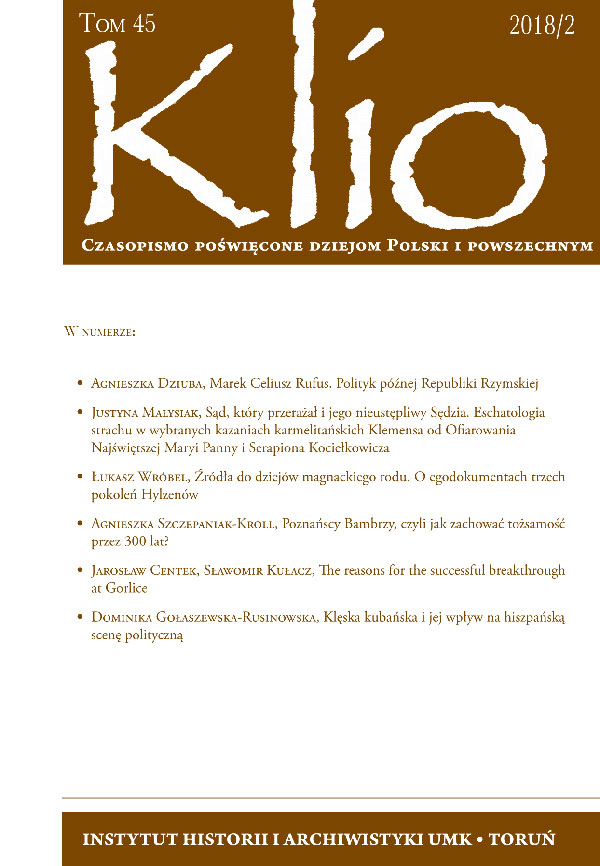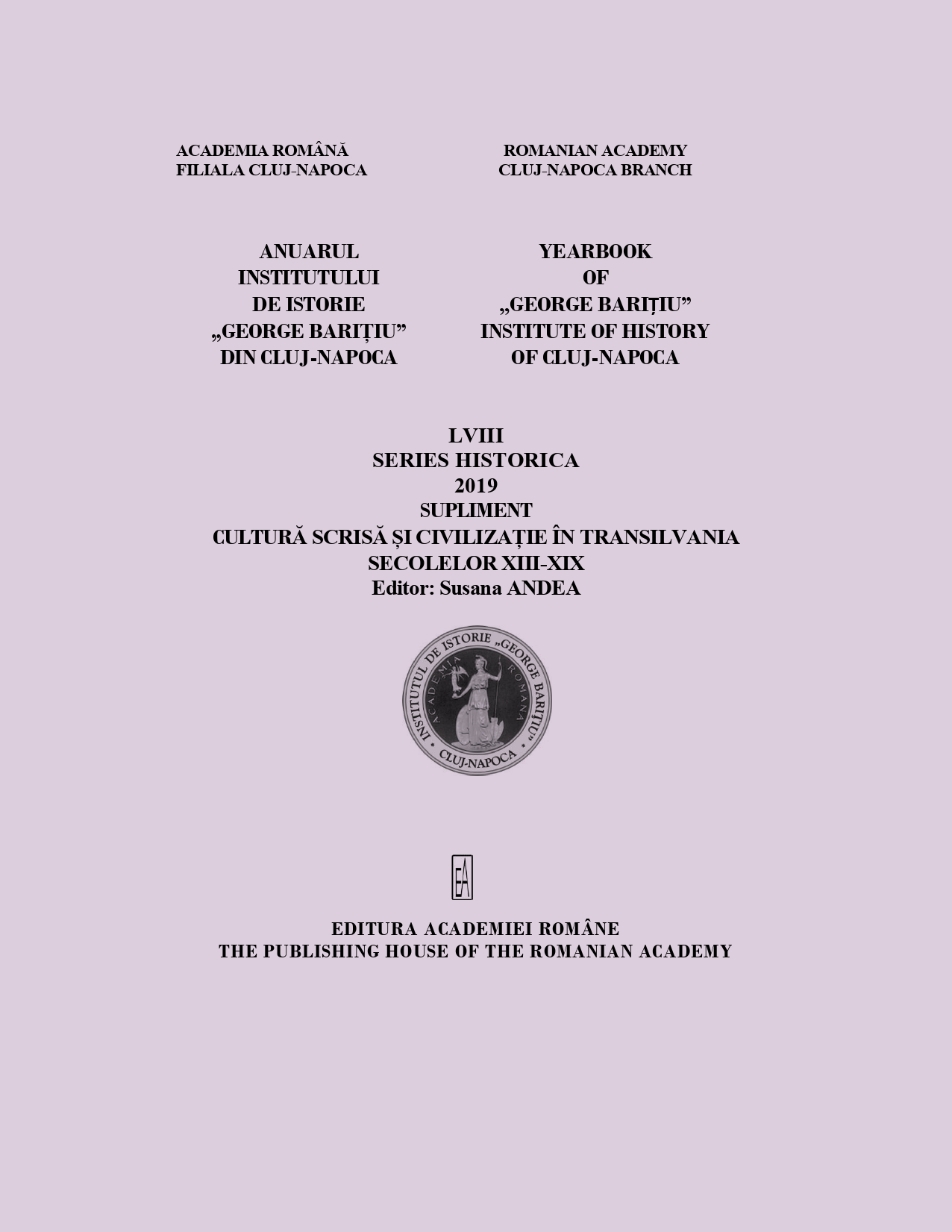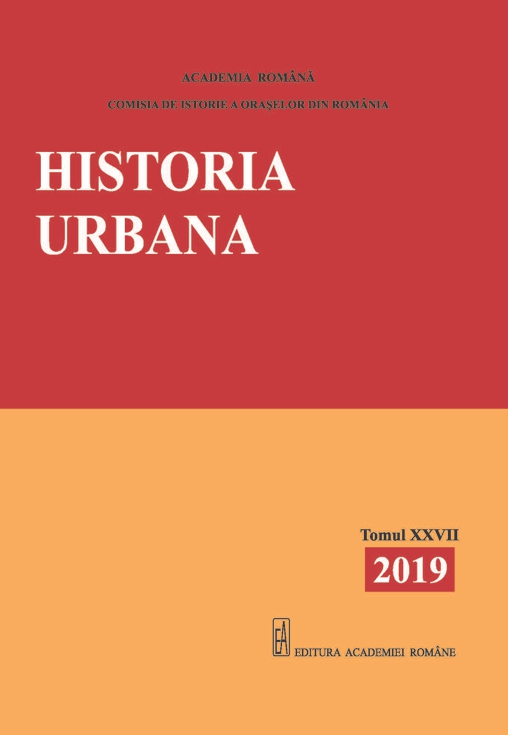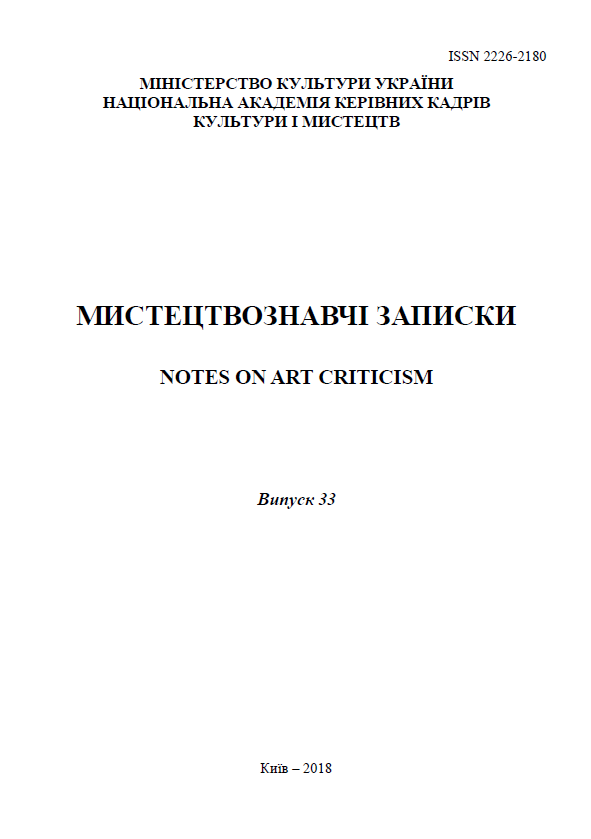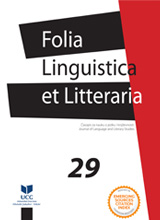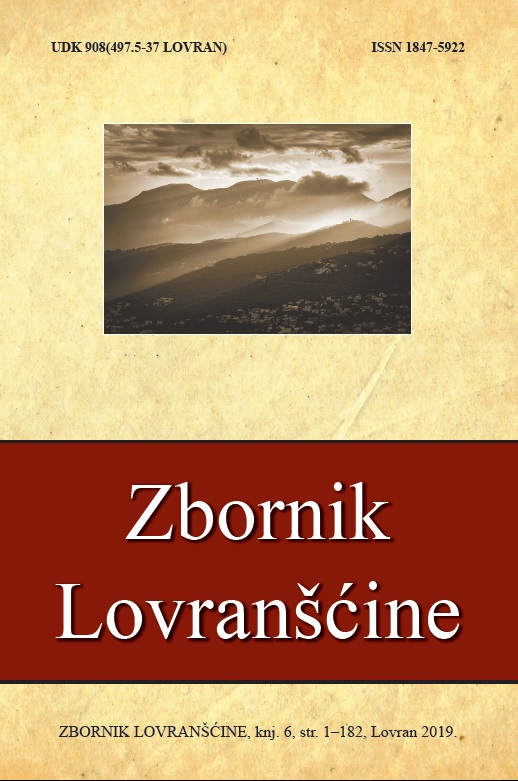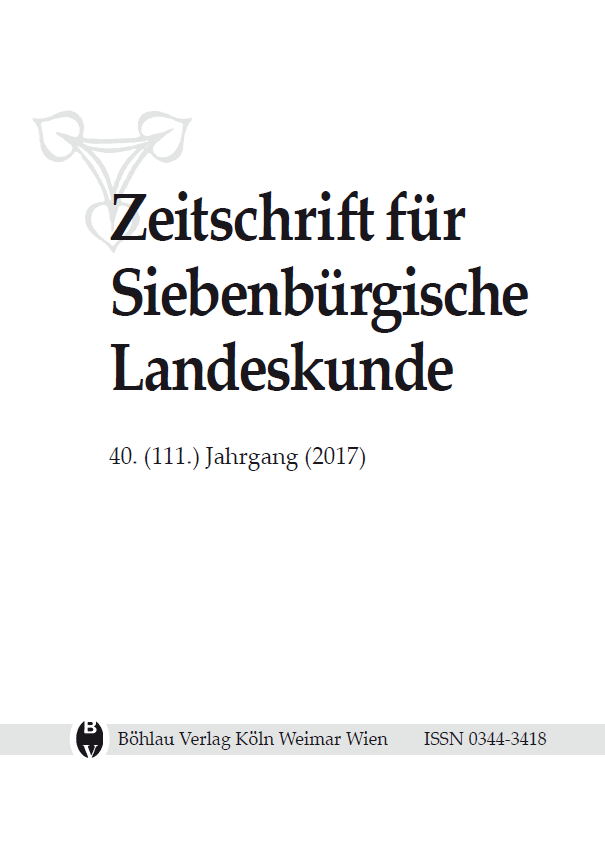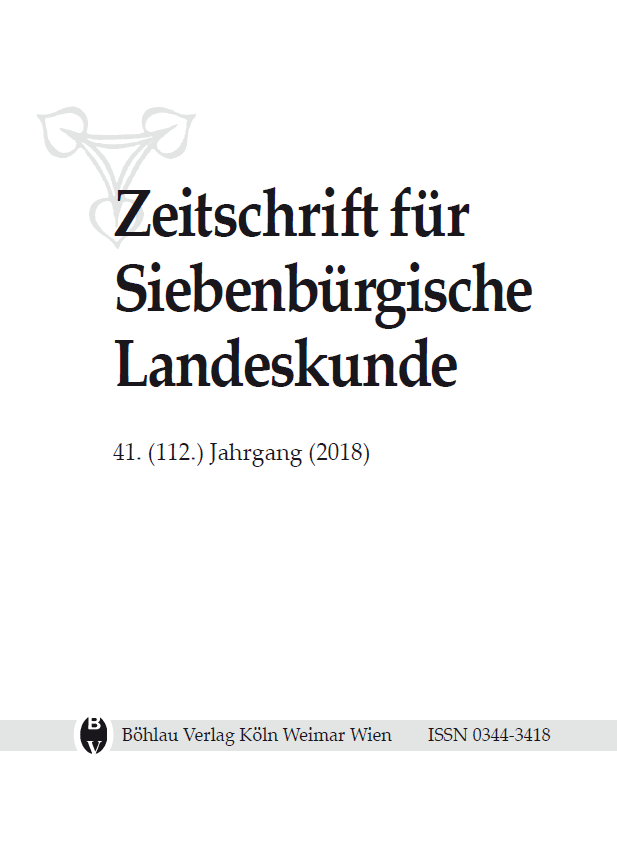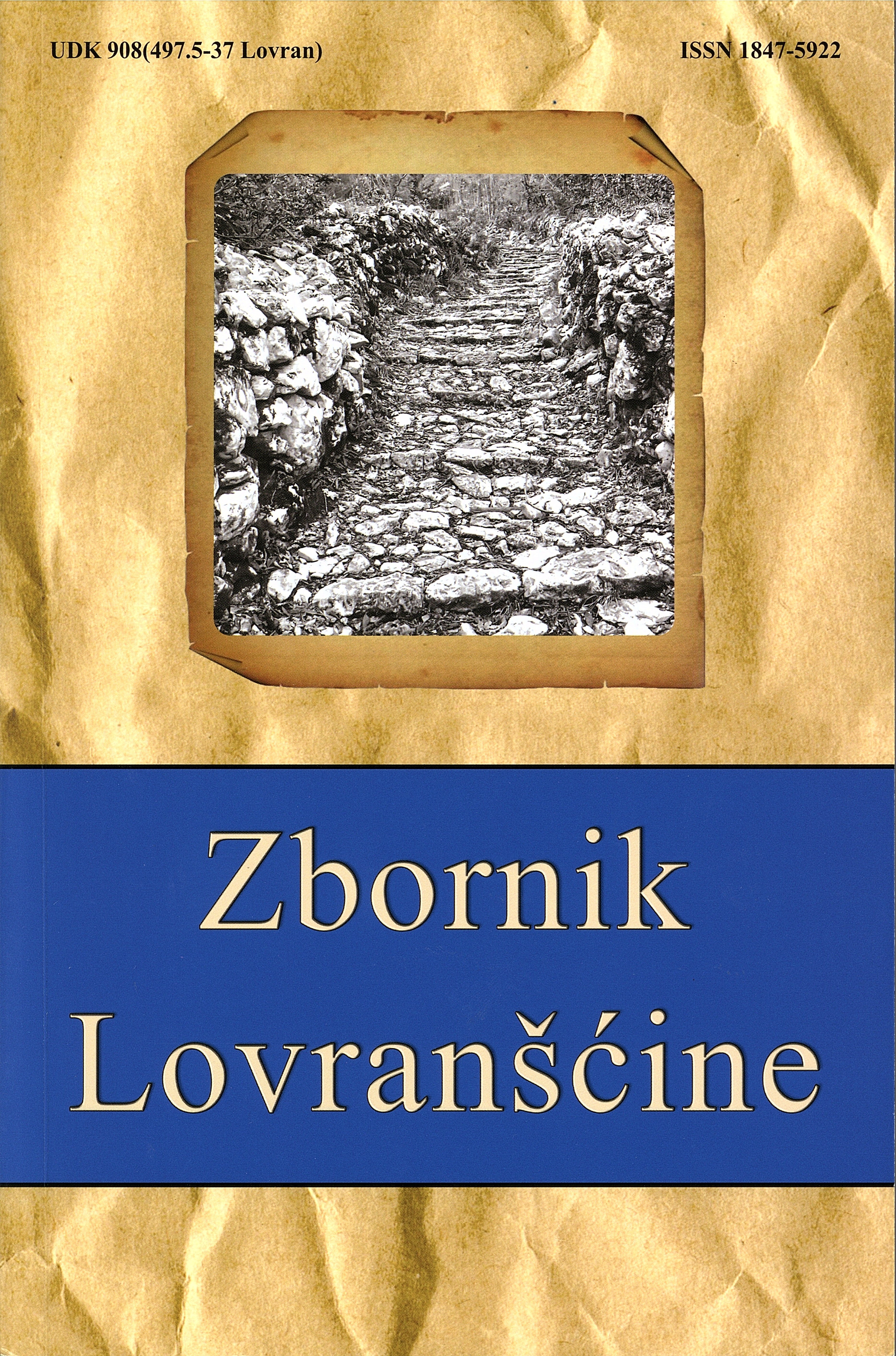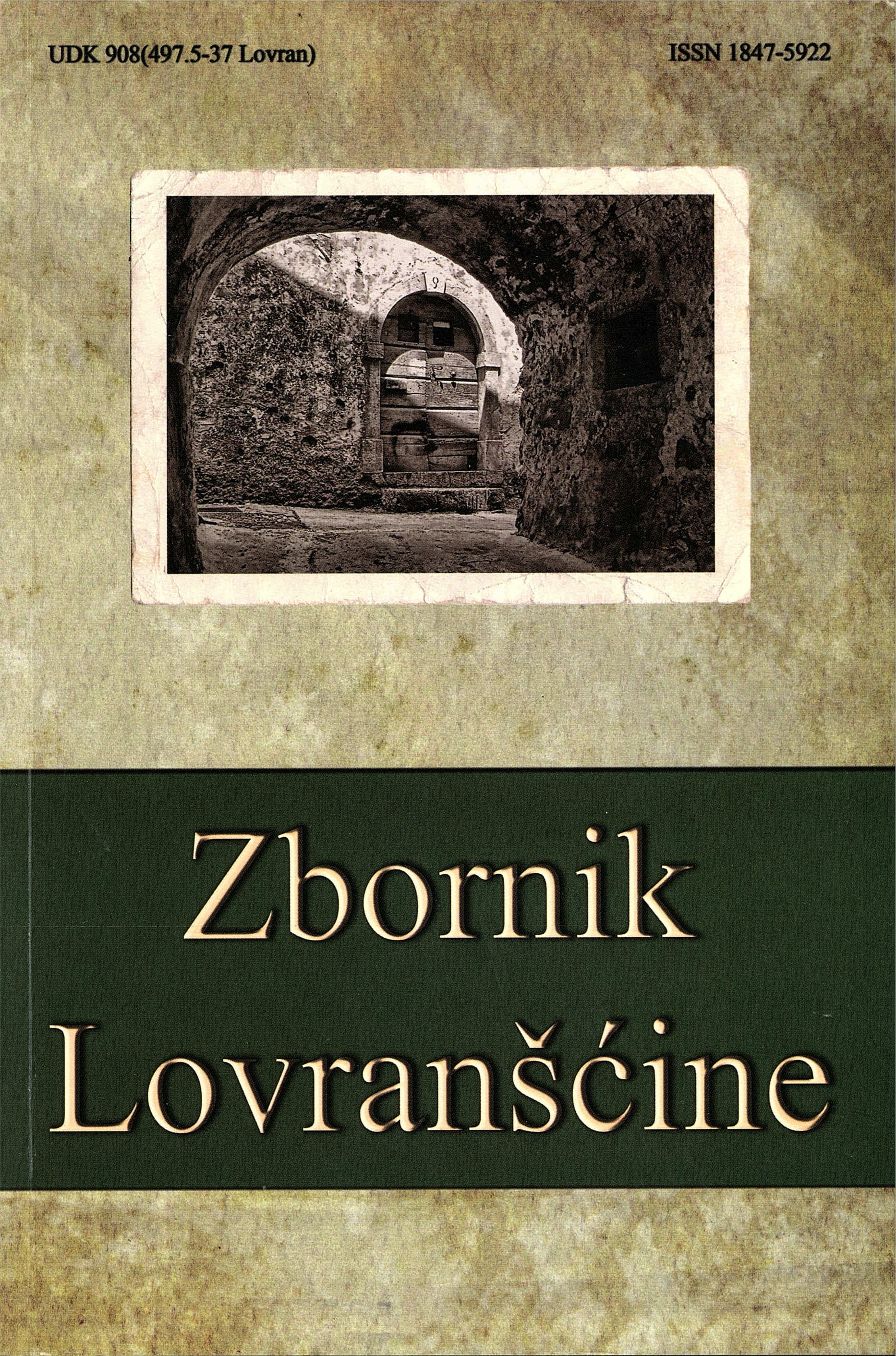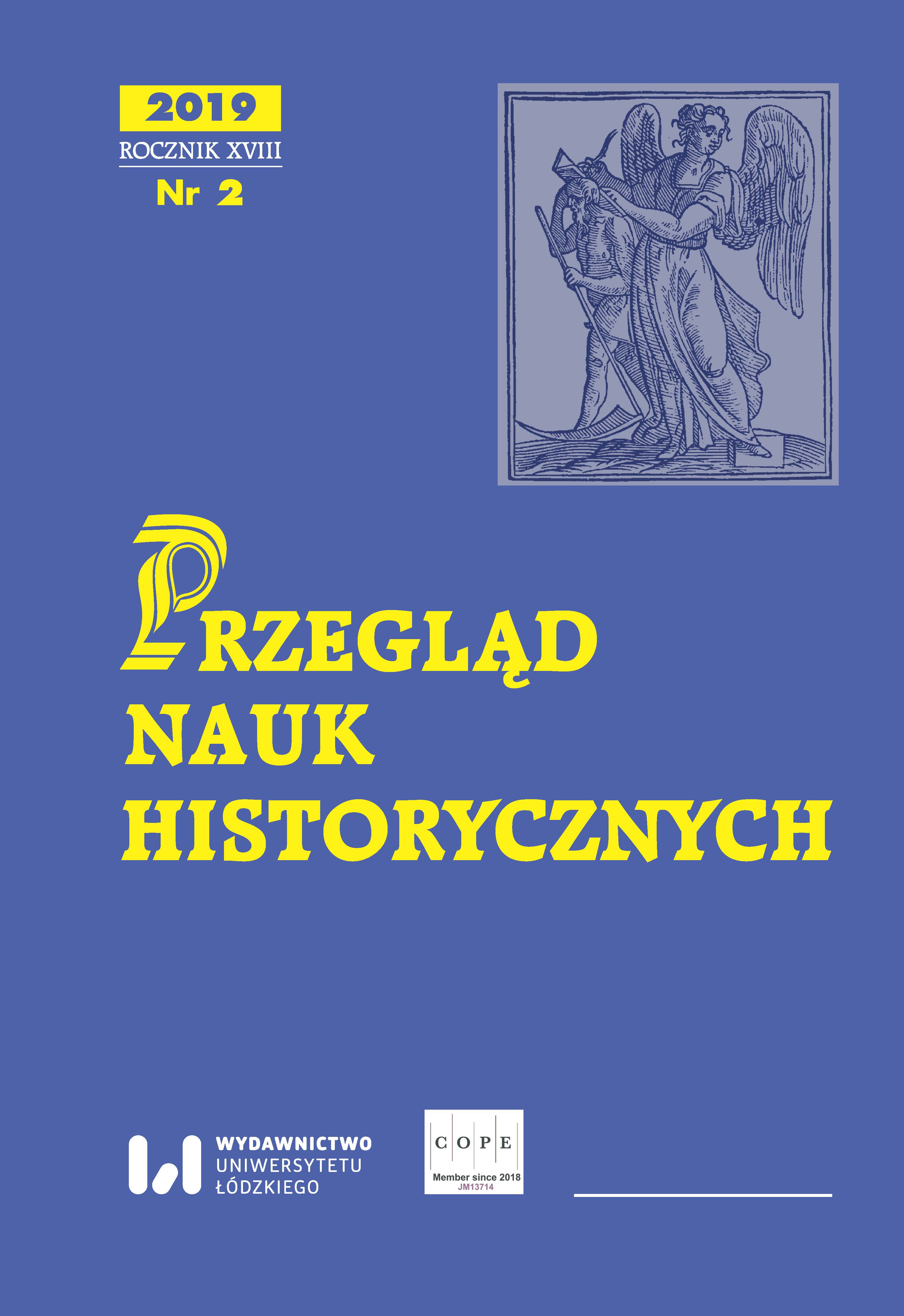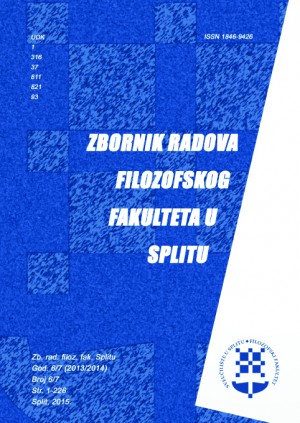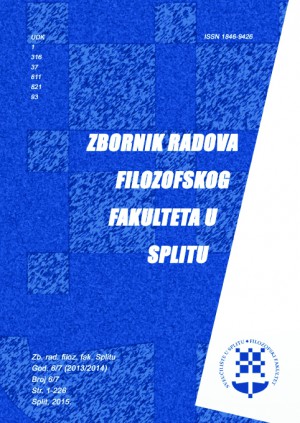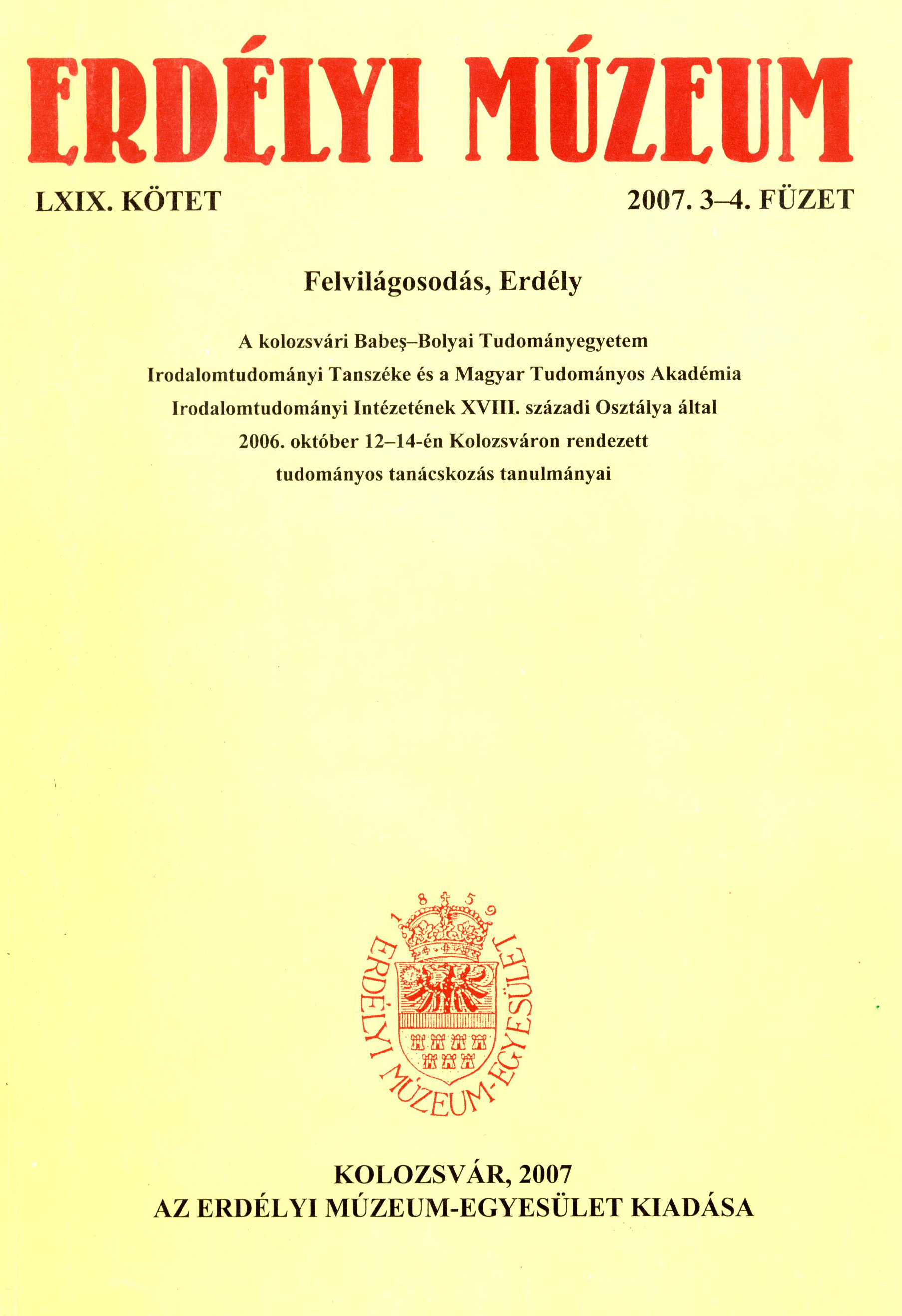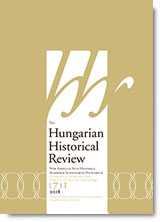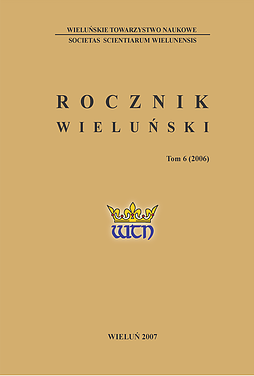
Ludność powiatu Wieluńskiego w końcu XVIII wieku – spis Pruski z 1796 r.
Zainteresowanie dziejami powiatu wieluńskiego owocujące powstaniem monografii niektórych jego gmin rodzi zapotrzebowanie na dane dotyczące liczby mieszkańców poszczególnych wsi w okresie przedstatystycznym. Materiały pochodzące z okresu staropolskiego nie pozwalają na głębszą analizę stanu demograficznego Wieluńskiego. Dopiero w końcowym okresie istnienia Rzeczypospolitej Komisja Porządkowa Cywilno Wojskowa Ziemi Wieluńskiej i Powiatu Ostrzeszowskiego zebrała dane pozwalające na szersze wykorzystanie w badaniach . Sytuacja uległa zmianie z chwilą przejścia tych terenów pod panowanie pruskie w 1793 r., w wyniku II rozbioru. Pruska administracja wytworzyła przez kilkanaście lat niespotykaną dotychczas ilość materiału statystycznego, szczegółowe przepisy regulowały tryb powstawania i formę, w jakiej prezentowano dane. Zajęte obszary otrzymały nazwę Prusy Południowe. Powiat wieluński wszedł w skład departamentu kamery piotrkowskiej, od 1798 kaliskiej.
More...
